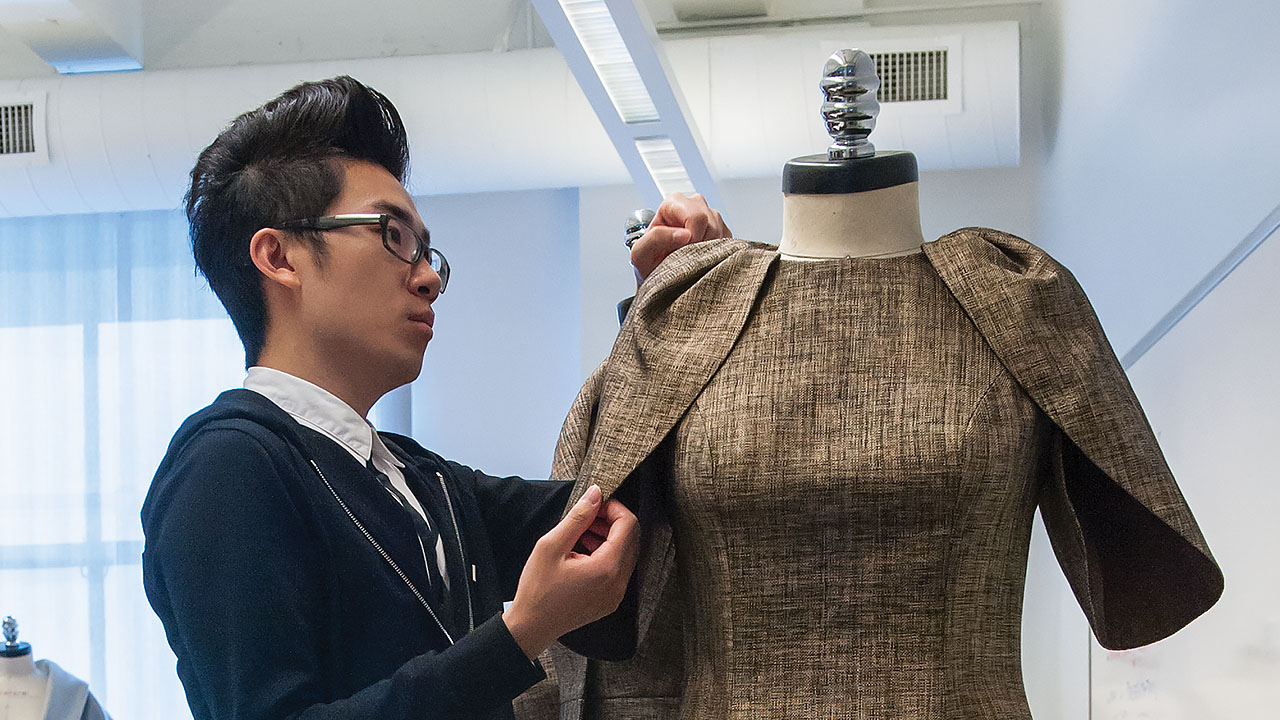Clothes, a ubiquitous part of our daily lives, are more than just garments; they are a language, a form of expression, and a reflection of our identity. From the earliest days of humanity to the modern era, clothing has played a crucial role in shaping cultures, expressing individuality, and adapting to the ever-changing dynamics of society. In this exploration, we unravel the intricate layers of the world of clothes, examining its historical significance, the impact of fashion trends, and the profound connection between what we wear and who we are.
The Historical Tapestry: Weaving Threads Through Time
Primitive Coverings: The Genesis of Clothing
Clothing finds its roots in the primitive need for protection against the elements. Early humans fashioned rudimentary coverings from animal hides, leaves, and natural fibers, evolving from a mere necessity for survival to a symbolic representation of community and identity. These early garments laid the foundation for the diverse array of clothing we encounter in the modern world.
Cultural Attire: A Kaleidoscope of Traditions
As societies emerged and civilizations flourished, clothing became a vibrant expression of cultural identity. Traditional attire, with its distinct colors, patterns, and styles, serves as a living tapestry that tells the stories of a community’s history, beliefs, and values. From the ornate kimonos of Japan to the vibrant saris of India, cultural clothing acts as a visual language, communicating heritage and fostering a sense of belonging.
Fashion in Antiquity: Drapes, Togas, and Tunics
In ancient civilizations like Greece and Rome, clothing evolved beyond mere utility, embracing aesthetics and fashion. The graceful drapes of Grecian garments, the regal toga worn by Roman citizens, and the simplicity of tunics became symbols of social status and identity. These early forays into fashion laid the groundwork for the intricate styles and trends that would emerge in later centuries.
The Renaissance Revival: Silhouettes, Elegance, and Status
Renaissance Fashion: A Rebirth of Style
The Renaissance era marked a significant turning point in the evolution of clothing. The rigid lines of medieval attire gave way to a renewed emphasis on individuality and elegance. The era witnessed the emergence of elaborate gowns, intricate lacework, and opulent fabrics, reflecting not only a revival of artistic and intellectual pursuits but also a shift in societal attitudes towards self-expression.
The Corset Controversy: Constricting Fashion
While the Renaissance celebrated freedom in fashion, the subsequent centuries saw the rise of the corset, a garment that became synonymous with both beauty ideals and controversy. The tightly-laced corset, popularized in the Victorian era, aimed to create an exaggerated hourglass figure but sparked debates about women’s rights and health. The corset became a symbol of both societal constraints and individual rebellion.
Modern Threads: Trends, Movements, and Personal Statements
The Rise of Ready-to-Wear: Accessibility and Mass Production
The industrial revolution brought about a transformative shift in the production of clothing. Ready-to-wear garments, produced on a mass scale, made fashion more accessible to a broader audience. This democratization of style allowed individuals from diverse backgrounds to participate in the ever-evolving world of fashion, blurring the lines between high-end couture and everyday wear.
The Roaring Twenties: Flappers, Hemlines, and Liberation
The 1920s, often dubbed the Roaring Twenties, witnessed a radical departure from the modesty of the Victorian era. The flapper style, characterized by short hemlines, loose silhouettes, and bold accessories, became a symbol of women’s liberation and societal change. The fashion of the Jazz Age reflected a newfound sense of freedom and independence.
The Influence of Subcultures: Punk, Hippie, and Street Style
In the latter half of the 20th century, subcultures began to exert a profound influence on fashion. The punk movement brought forth rebellious aesthetics with leather, studs, and unconventional hairstyles, challenging mainstream norms. The hippie era embraced a bohemian style, promoting peace and free-spiritedness. Street style, emerging from urban environments, became a global phenomenon, blending diverse influences into a unique form of self-expression.
Fashion Today: Identity, Sustainability, and Inclusivity
Personal Style: A Canvas for Self-Expression
In the 21st century, clothing has evolved into a deeply personal form of expression. Individual style transcends fashion trends, allowing people to communicate their personalities, beliefs, and aspirations through what they wear. The democratization of fashion through social media has empowered individuals to showcase their unique styles, fostering a more inclusive and diverse representation of beauty.
Sustainable Fashion: Navigating Eco-Conscious Choices
As awareness of environmental issues grows, the fashion industry is undergoing a transformation towards sustainability. From eco-friendly fabrics to ethical production practices, there is a rising demand for clothing that aligns with values of environmental responsibility. Sustainable fashion seeks to minimize the environmental impact of clothing production, offering consumers choices that resonate with their commitment to a greener world.
Inclusivity and Diversity: Redefining Beauty Standards
The push for inclusivity in fashion has gained momentum, challenging traditional beauty standards. Fashion brands are increasingly embracing diversity in their campaigns, runway shows, and size ranges. The celebration of different body types, ethnicities, and genders is reshaping the industry, promoting a more realistic and affirming representation of beauty.
Conclusion:
In the intricate tapestry of human history, clothing emerges as a thread that weaves together culture, identity, and expression. From the primal need for protection to the elaborate styles of the Renaissance, and the ever-evolving trends of the modern era, clothes tell a story that transcends time. As we navigate the complex landscape of fashion today, from personal style statements to sustainable choices, it becomes evident that what we wear is not merely a covering but a reflection of who we are, where we come from, and the limitless possibilities of self-expression that clothes afford us.
